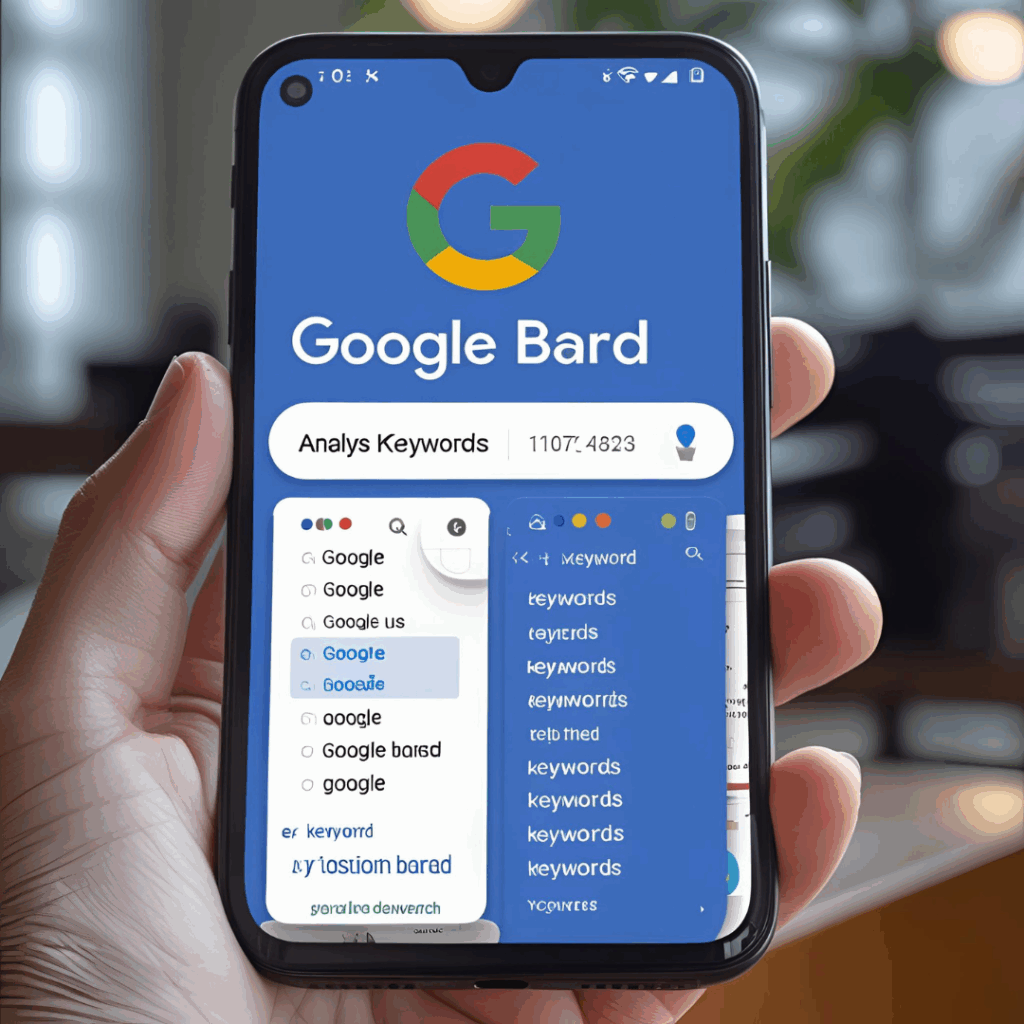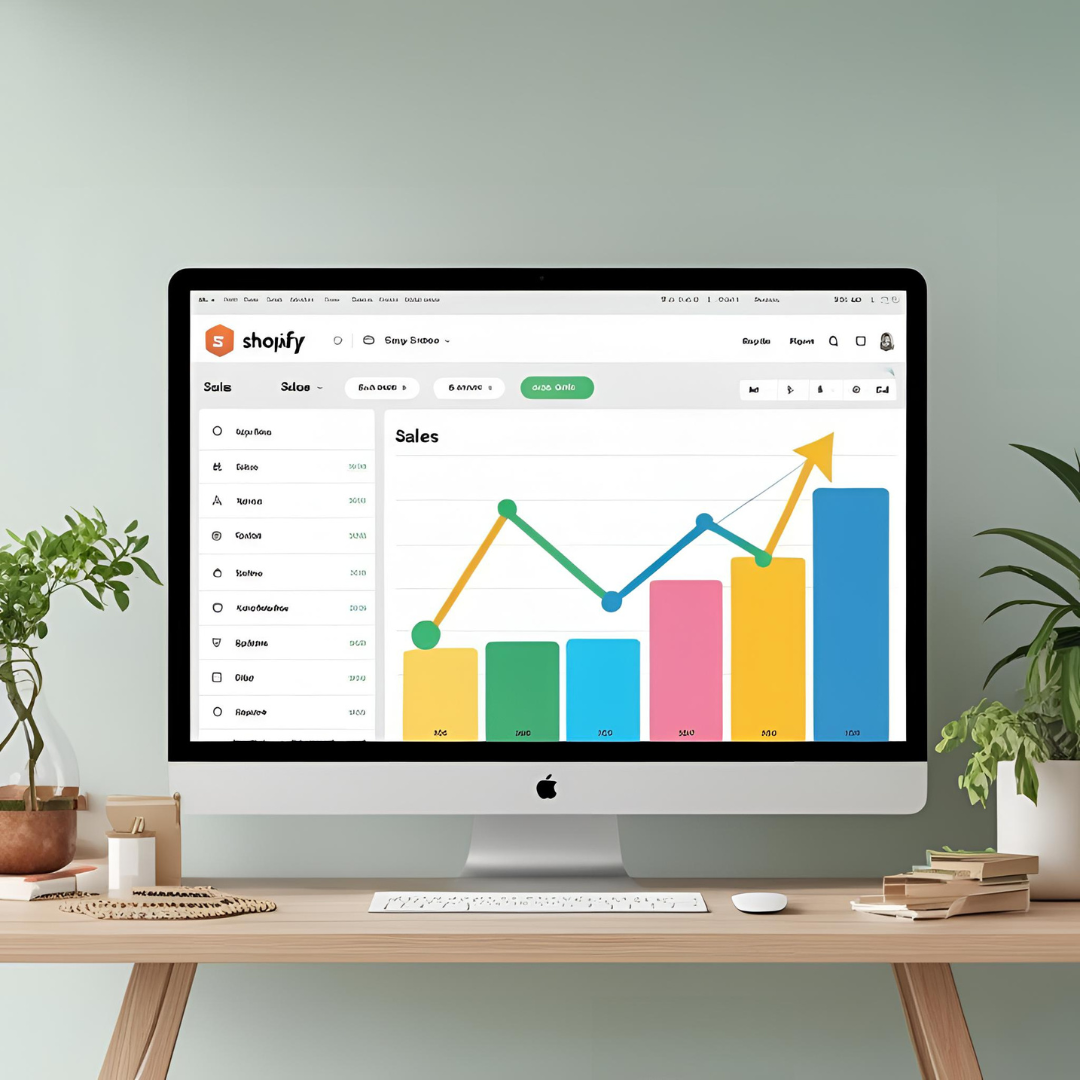In the hyper-competitive world of e-commerce, especially in the Northern Hemisphere (USA, Canada, Europe), every detail counts. Customers have thousands of options, ever-shrinking delivery times, and higher expectations. That’s why those who master Artificial Intelligence are already ahead—even with a small store.
Tools like ChatGPT and Google Bard are the “secret weapon” for many store owners: they create product descriptions, test ads, analyze trends, personalize offers, and answer customer queries 24/7—all while you focus on bigger strategies.
This guide will show you, in practice, how to transform your Shopify store into an automated sales machine, whether you have your own stock or use dropshipping.
Why AI is Essential for E-commerce in the Northern Hemisphere
Before applying these tips, understand the context:
- High purchasing power.
- Digitally native and demanding consumers.
- Strong adoption of mobile commerce.
- Global competition and high costs to acquire new customers.
In this scenario, efficiency and personalization are key differentiators. AI acts as your right-hand helper for repetitive tasks, freeing up your time for what truly matters: product, branding, and relationships.
1) Product Descriptions That Actually Sell (Using ChatGPT)
Your product might be amazing, but if the description is generic, you’ll lose sales. AI creates compelling, SEO-optimized texts tailored for different audiences in minutes.
How to use it in practice:
- Create clear prompts: “ChatGPT, write a premium description for a minimalist sustainable linen blazer, for men aged 25-40, Scandinavian style, highlighting comfort, elegance, and sustainability.”
- Generate short variations for marketplaces.
- Translate into English, German, French, or Spanish to reach more consumers in Europe.
Extra tip: Also ask for suggestions for titles and bullet points for platforms like Amazon or Etsy.
“Words sell—but with AI, you find the right words in seconds.” — Eva S., founder of a DTC brand in Stockholm
2) Dropshipping: Use AI to Stand Out
In dropshipping, the product is often the same as your competitor’s. The differentiator lies in how you present, test, and personalize your communication.
Practical strategies:
- Create unique descriptions, without copying from the supplier. ChatGPT transforms technical information into stories that connect.
- Use Bard to analyze real-time trends with data from Google Trends.
- Create A/B tests for ads with copy variations in just a few minutes.
- Validate specific keywords for each region, avoiding wasted ad spend.
3) 24/7 Customer Service with AI
Customers in the Northern Hemisphere expect quick responses. A well-configured chatbot can reduce cart abandonment and complaints.
How to apply:
- Use apps like ManyChat or Tidio integrated with Shopify and connected to ChatGPT.
- Program intelligent responses for common questions: delivery times, returns, tracking.
- Offer support in different languages, without needing to hire multilingual teams.
4) Automatic Translation and Local SEO
Want to sell more in Europe? Localization is a priority.
- Use ChatGPT to adapt descriptions and pages with cultural context. UK English is different from American English; French from France is not the same as Canadian French.
- Plugins like Langify or Weglot automate the display in the visitor’s language.
- This improves local SEO, increasing your relevance in search results.
5) Personalizing Offers
Customers appreciate it when your store “remembers” them.
- Recommend products based on previous purchases.
- Create dynamic bundles and upsells at checkout, using apps like ReConvert.
- Offer free shipping or progressive discounts based on cart value.

6) Generating Ads and Visual Content (With Bard and Other AIs)
Google Bard is a strategic tool for anyone looking to dominate Google Shopping—one of the most powerful online storefronts in the Northern Hemisphere. When a customer searches for a product, Google Shopping displays photos, prices, store names, and reviews at the top of the page. This generates more qualified clicks than traditional text ads.
How to use Bard to boost Google Shopping:
- Generate ideas for optimized titles and descriptions for each country.
- Validate long-tail keywords, combining Bard with Google Trends.
- Analyze competitors: “Bard, what keywords are streetwear stores in the UK using for minimalist backpacks?”
- Create seasonal offers and highlight promotions in price comparisons.
Beyond text: Create Impactful Banners and Visual Ads
AI isn’t limited to text. Use Bard (or other generative AI image tools like Midjourney, DALL-E, Stable Diffusion) to generate creative prompts for your store banners, graphic ads, and complementary product images.
- How to use Bard for image prompts: Ask Bard to “Generate image prompts for a Shopify store banner that sells minimalist jewelry for summer. The banner should convey lightness, elegance, and the sparkle of sunshine,” or “Create a detailed prompt for an Instagram ad image for a new sustainable running shoe, focusing on movement and vibrant colors.”
- These prompts can be used in tools like Midjourney, DALL-E, Stable Diffusion, or even Google Bard’s own image generator (if available and suitable for the case), to create unique, high-quality visuals that capture the attention of your audience in the Northern Hemisphere.
FAQ: Why Use Google Shopping?
Is it really worth it?
Yes. Customers see the image, price, and reviews upfront, generating qualified traffic and higher click-through rates.
What’s the difference from text ads?
Visual appeal makes all the difference in fashion, accessories, and gadgets. Customers buy based on real photos and trust in the seller.
Does it work for dropshipping?
Yes. It’s important to have quality images, original descriptions, and clear shipping times.
Is it complicated to set up?
No. Shopify has integration with Google Merchant Center. Use Bard to write titles and descriptions that “fit” search intent.
Tip: Keep your feed updated—variations in color, size, and availability impact ranking.
7) Predictive Analytics and Smart Inventory
Nobody wants dead stock or lost sales. AI helps predict seasonal trends to adjust orders and promotions.
Example: “Bard, what self-care products have a peak in sales during Black Friday in the USA?”
Combine Shopify Analytics data with Bard and anticipate demand.
8) Evergreen Content for Organic Traffic
DTC brands in the Northern Hemisphere invest heavily in content that lasts for years.
Use ChatGPT to:
- Create blog posts: “5 minimalist outfit combinations with our jacket.”
- Write optimized FAQs.
- Generate short video scripts for TikTok, Instagram, and YouTube Shorts.
- Translate and adapt for each local audience.
9) Differentiate with Storytelling
AI doesn’t replace authenticity. Combine technology with your unique voice.
- Show behind-the-scenes.
- Share real stories.
- Highlight your business’s social or environmental impact.
Brands that tell stories sell more and build stronger loyalty.
If you don’t have a store yet, click here to start your Shopify journey with an exclusive offer!
10) Simplify Legal Policy Creation (With AI)
Operating an online store, especially in markets like the Northern Hemisphere, requires compliance with various privacy and consumer laws (GDPR in Europe, CCPA in the USA, etc.). Creating privacy policies, terms of service, return policies, shipping policies, and cookie policies can be complex and time-consuming.
Shopify already provides standard templates for these policies, which is an excellent starting point. However, AI can go further, helping you customize and detail these documents according to the specifics of your business and the countries you serve.
How to use AI in practice:
- Privacy Policies and Terms of Service: Use ChatGPT or Google Bard to adapt Shopify’s standard templates. For example, you can ask: “Create a privacy policy section for a dropshipping Shopify store focused on beauty products in the USA, that only collects emails and shipping data, ensuring CCPA compliance.”
- Return Policies: Ask AI to generate clear and friendly text that covers different scenarios (e.g., defective product, change of mind, deadlines, reverse shipping costs). For example: “Write a return policy for a women’s clothing store in Canada, highlighting a 30-day window for exchanges and refunds, and conditions for unused products.”
- Shipping Policies: Detail estimated delivery times by region (international and domestic), costs, tracking options, and what to do in case of delays. “Draft a shipping policy for products sent from China to the USA, with an estimated 15-25 business days delivery, and tracking information via USPS.”
- Cookie Policy: Although Shopify assists with the cookie banner, AI can help explain more simply and transparently which cookies your store uses and why, aligning with regulations like GDPR.
Important: Remember that while AI is a powerful tool, legal policies should always be reviewed by a legal professional to ensure full compliance. AI optimizes the draft, but the final responsibility is yours.
General FAQ: AI + Shopify
Do I need to know how to code?
No. You just need to know how to create clear prompts and use ready-made apps from the Shopify App Store.
Will AI make my store look like everyone else’s?
Not if you use your human touch to maintain your brand identity.
Does it work for small stores?
It works very well. For those earning $500 to $10,000 a month, it’s the most cost-effective way to grow.
Can I use AI in multiple languages?
Yes, and this expands your reach in the Northern Hemisphere.
“AI doesn’t steal jobs—it frees up your time to create, innovate, and sell more.” — Alexandra M., founder of an accessories brand in Canada
Which of these tips will you try first?







